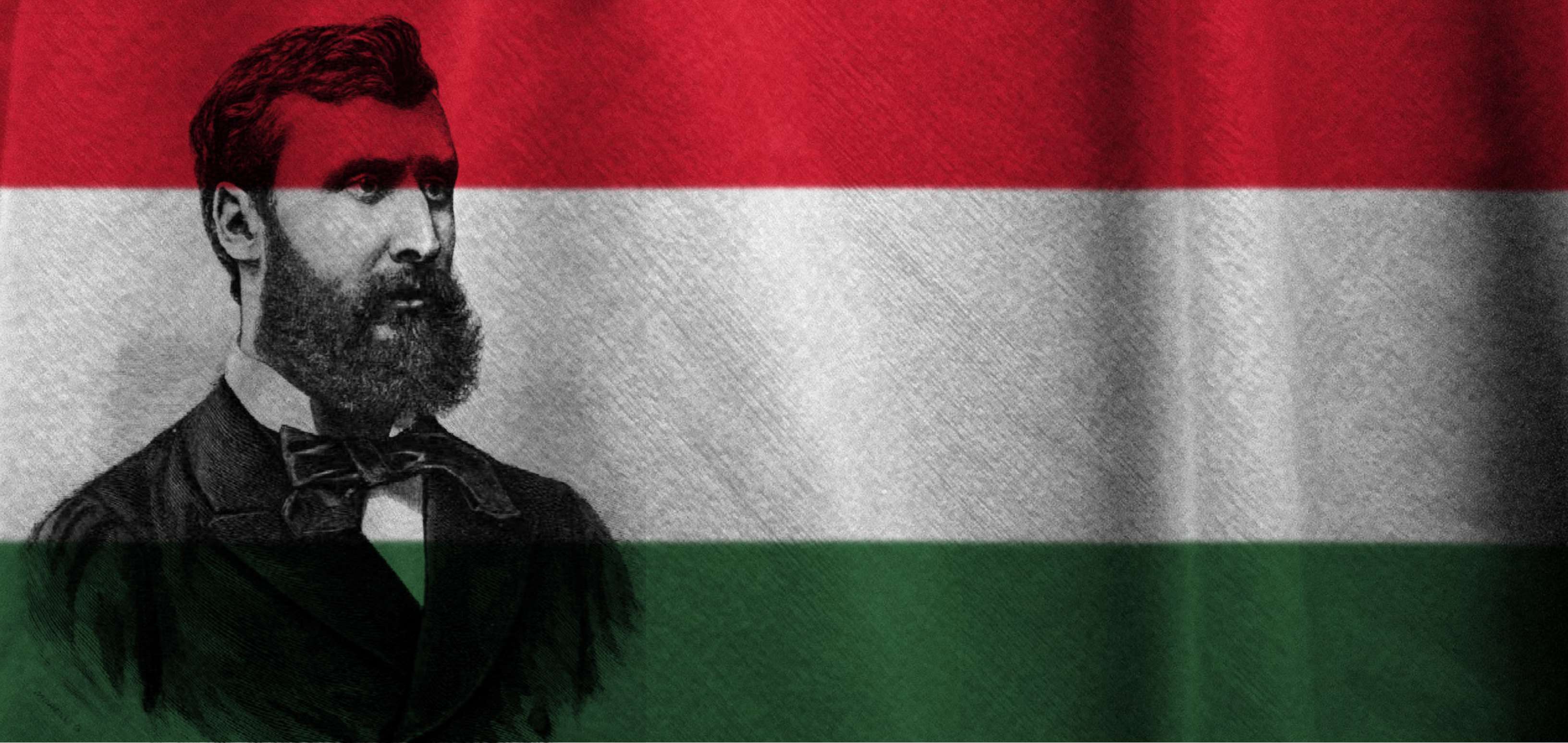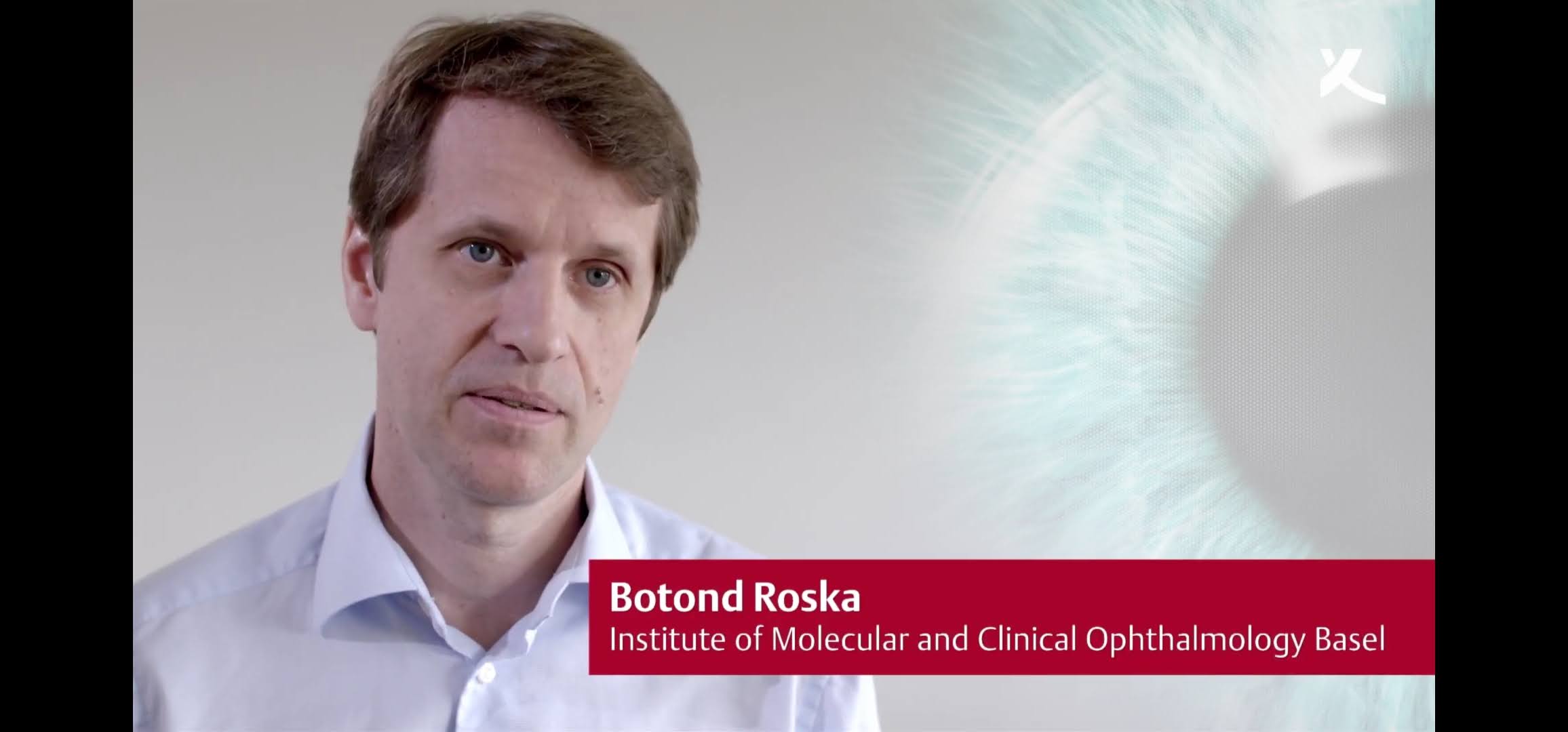Breakthrough of a Hungarian scientist to cure blindness
A group of international scientists, led by biomedical researcher Dr Botond Roska, has recently had a breakthrough in the field of curing blindness.
Hungarian history has never lacked incredible scientists who either contributed to the changing of a field or did it themselves. Just think about László Bíró and his ballpoint pen, Tivadar Puskás and his telephone exchange or
Edward Teller, who changed the world forever.
Blindness is a medical condition thought to be irreversible up until now.
Dr Roska and his team have managed to partially reinstate the eyesight of a blind person with the help of gene therapy.
Although this is only the first step towards maybe one day giving back the possibility of complete sight, scientists are very hopeful as finally the process can be accelerated. Currently, they are working with three other therapies, as well.
Most of the illnesses that influence the capability of seeing are due to the improper functioning of the retina. It is only linked to the brain on very few occasions. Retinitis pigmentosa is to be blamed for about 10-20% of those diseases with this unfortunate outcome. Those suffering from this condition had no choice but to accept that they are gradually losing their eyesight. However, now there is hope that one day, even if not entirely, they will regain some of their seeing capabilities.
As 24.hu writes, Dr Botond Roska first mentioned the idea of gene therapy 20 years ago. Unfortunately, with the lack of the proper technological background, he could not carry out his plan. Thanks to the development of these technologies and the carefully drawn-up methodology,
this Monday brought the birth of a new scientific field: visual rehabilitation, the fruit of 13 years of work.
The ability to see starts with the retina, a delicate and sensitive layer found in the back of the eye. “It is practically a biological computer that creates about 30 presentations of the incoming video”, says Dr Roska. This video is the light touching our eyes that is then “recorded” by the retina. “Our brain does not see. It only tries to figure out reality based on these videos.”
Dr Roska explains all the mechanical elements of seeing as if they were a hamburger. The upper part of the bun is the light-sensitive layer; the meat and vegetables in the middle are the layers where all calculations happen, meaning that this is the part where the image is formed. Finally, the other half of the bun is the layer of the retinal ganglion cell. The study published by the team worked with this ganglion cell; however, this is not the only part of the eye on which gene therapy can be effective.
In the case of a patient who misses this upper-bun, light-sensitive layer, he will either have very few capabilities to sense light or absolutely nothing at all. In his case, the ganglion cell needs to be treated. When treating the patient of the study, he was administered a one-time injection in one of his eyes in which some adeno-associated viruses transported the gene to the location where it was needed to code a particular type of protein. These viruses in themselves are incapable of reproduction and infection. They are solely a way to transporting the gene.
After receiving the injection, comes a long learning period with a pair of glasses that basically creates a video for the eye and projects it on the retina. This substitutes those mechanical processes that happen in the middle of the hamburger, as mentioned above. The glasses go together with a tiny computer that fits in our pocket. After four months, when the patient was able to identify a zebra crossing on the street, the actual experiments started.
Seeing this way is entirely different from the natural process. The patient says that he sensed a kind of “vertical vibration”, seeing no colours and the size and contrast of an object also plays a big part in identifying the world around him. Since they only treated one eye, not to confuse the patient with dimensions, for which we need both eyes, Dr Roska says that on a scale from one to a hundred, he would give a mark of ten for this development of eyesight. However, this is only the first step!
Although it is not the best method, it is the easiest. The ganglion cell therapy does not differentiate between genetic mutations causing blindness, so the treatment can be successful for a broader range of patients with different diseases.
Dr Roska says
“We constantly make mistakes, that is the way we conduct our work, but we never give up.”

Read alsoOne of the greatest Hungarian scientists, Loránd Eötvös was born 172 years ago
Source: 24.hu, hvg.hu
please make a donation here
Hot news
Today only: Hungarian airline Wizz Air is offering cheap flights!
Budapest Airport wins best airport in the region award for the 11th time!
Amazing: Budapest’s immensely popular Danube beach free this summer!
VIDEOS: Serbian-Hungarian drug trafficking ring busted in Budapest
PHOTOS: Hungary’s newest luxurious Hilton hotel to open soon!
FM Szijjártó: Hungarians in Croatia have again shown force




